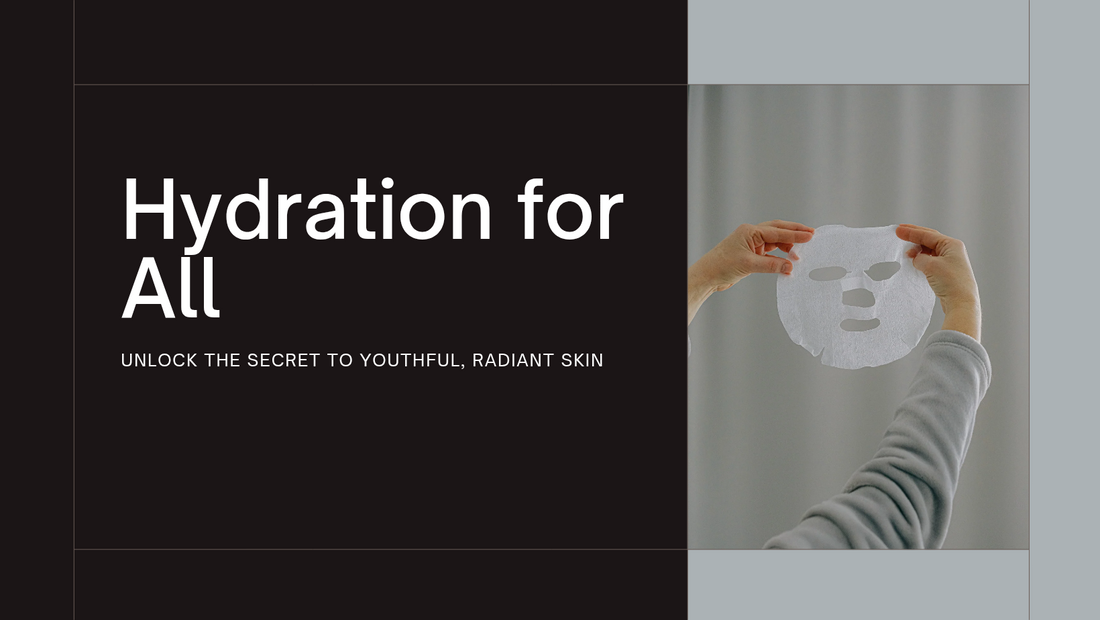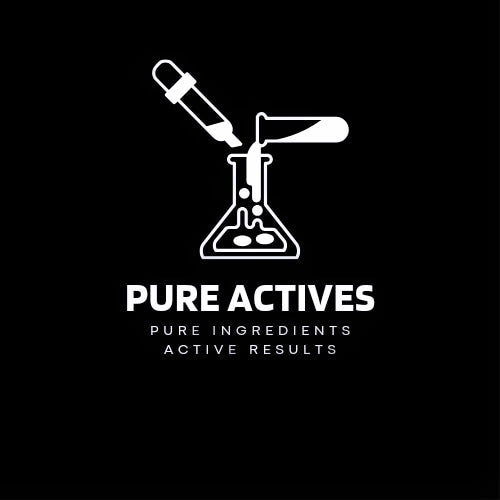
Quench Your Skin's Thirst: The Science and Application of Sodium Hyaluronate
Share
Introduction:
In the ever-evolving world of skincare, Sodium Hyaluronate has emerged as a hydration hero, lauded for its remarkable ability to attract and retain moisture. This ingredient is a cornerstone of many effective serums, creams, and masks. But what exactly is Sodium Hyaluronate, and how does it work its magic? Let's delve into the science behind this powerful humectant and explore its practical applications in cosmetic formulations.
What is Sodium Hyaluronate?
Sodium Hyaluronate is the sodium salt of Hyaluronic Acid, a naturally occurring glycosaminoglycan found throughout the human body, particularly in the skin, connective tissues, and synovial fluid. Glycosaminoglycans are long, unbranched polysaccharides consisting of repeating disaccharide units. Sodium Hyaluronate's primary function is to bind water, providing lubrication and hydration to tissues. As a humectant, it draws moisture from the surrounding environment into the skin, acting as a water reservoir.
Benefits for the Skin:
* Intense Hydration: Sodium Hyaluronate's ability to hold up to 1000 times its weight in water makes it an exceptional moisturizer. It replenishes skin hydration, combating dryness and dehydration.
* Improved Skin Texture: By increasing moisture levels, Sodium Hyaluronate smooths and softens the skin, enhancing its texture and suppleness.
* Enhanced Skin Barrier Function: A well-hydrated skin barrier is essential for protecting against environmental aggressors. Sodium Hyaluronate strengthens the skin's barrier, reducing transepidermal water loss (TEWL).
* Plumping Effect: Sodium Hyaluronate can temporarily plump the skin, reducing the appearance of fine lines and wrinkles.
Formulation Considerations:
When formulating with Sodium Hyaluronate, several factors are crucial:
* Concentration: The optimal concentration depends on the product type and desired effect. Lower concentrations are suitable for lightweight serums, while higher concentrations are used in thicker creams.
* pH Stability: Sodium Hyaluronate is most stable and effective within a pH range of 3.0 to 7.0.
* Compatibility: It is generally compatible with a wide range of cosmetic ingredients. However, compatibility testing is recommended to ensure stability.
* Combination with Other Ingredients: Combining Sodium Hyaluronate with other humectants (e.g., glycerin) and occlusives (e.g., ceramides) enhances its hydrating properties.
Simple Hydrating Serum Recipe:
Here's a basic hydrating serum recipe:
Ingredients:
* 1% Sodium Hyaluronate Powder
* 94% Distilled Water
* 4% Glycerin
* 1% Preservative (Phenoxyethanol)
Instructions:
* Heat the distilled water to approximately 40°C (104°F).
* Slowly add the Sodium Hyaluronate powder while stirring continuously until fully dissolved.
* Add the glycerin and stir until well combined.
* Once the mixture has cooled, add the preservative, and stir.
* Transfer the serum to a clean, airtight container.
Your Company's Sodium Hyaluronate:
We provide high-quality Sodium Hyaluronate for cosmetic formulations. Our product undergoes rigorous testing to ensure purity and efficacy. Contact us to request a sample and learn more.
Conclusion:
Sodium Hyaluronate is a versatile and essential ingredient for creating hydrating skincare products. By understanding its properties and incorporating it effectively, formulators can develop products that deliver exceptional results.
References:
* Papakonstantinou, A., Roth, M., & Karakiulakis, G. (2012). Hyaluronic acid: A key molecule in skin aging. Dermato-endocrinology, 4(3), 253–258. https://doi.org/10.4161/derm.21923
* Oe, M., Sakai, S., Yoshida, H., Matsuoka, R., Saito, N., Kaneda, H., & Masuda, Y. (2017). Effects of oral hyaluronan intake on skin moisture content and wrinkle depth. Clinical, cosmetic and investigational dermatology, 10, 247–254. https://doi.org/10.2147/CCID.S128330
* Pavicic, T., Gauglitz, G. G., Lersch, P., Schwach-Abdellaoui, K., Mallebrein, B., & Korting, H. C. (2011). Efficacy of cream-based novel formulations of hyaluronic acid of different molecular weights in antiwrinkle treatment. The Journal of drugs in dermatology : JDD, 10(9), 990–1000.
* Kawada, C., Yoshida, T., Yoshida, H., Matsuoka, R., Sakamoto, W., Odanaka, W., & Sato, T. (2014). Ingested hyaluronan moisturizes dry skin. Nutrition journal, 13, 70. https://doi.org/10.1186/1475-2891-13-70
